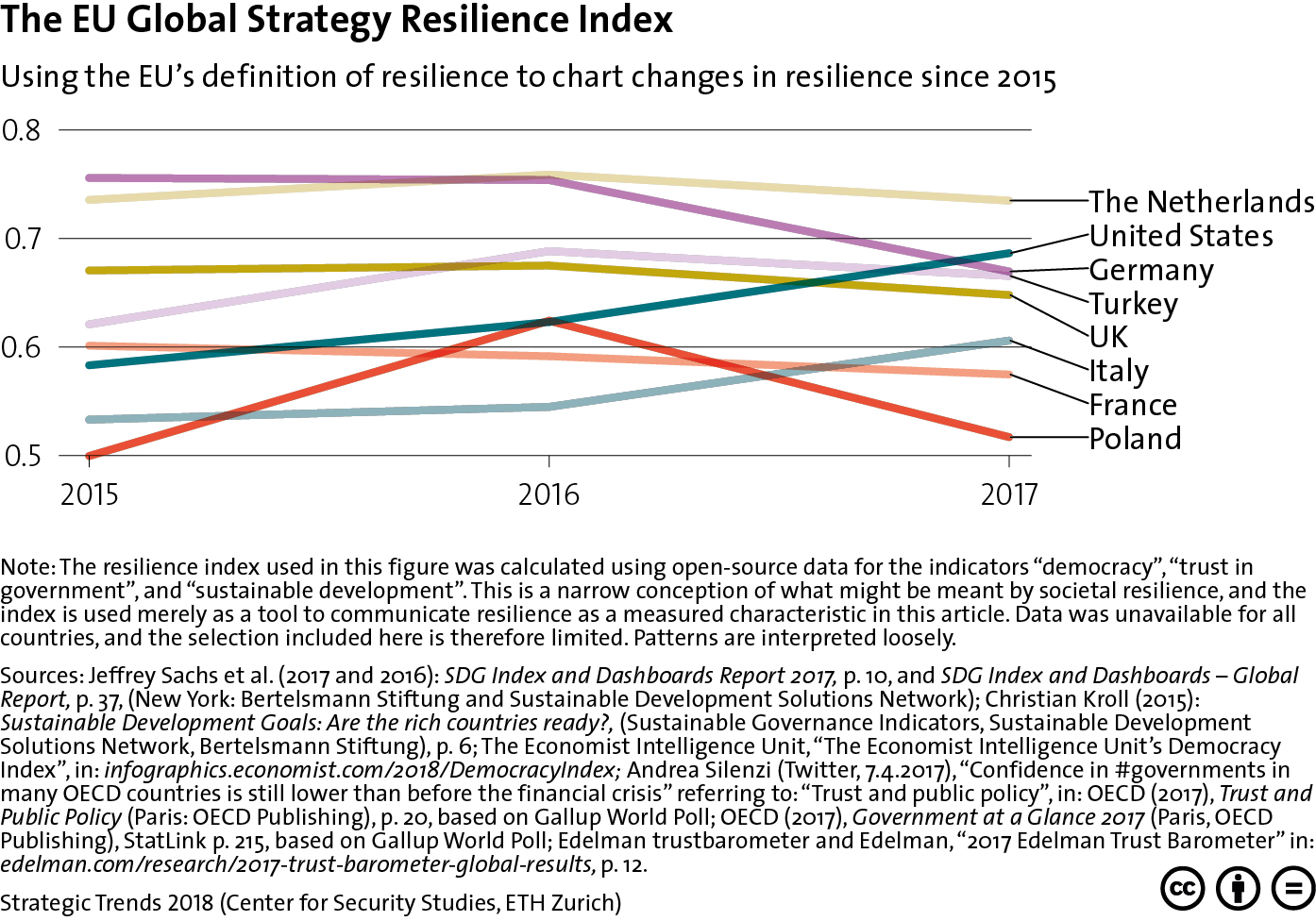
This article was originally published by The Foreign Policy Centre (FPC) on November 14 2018.
The diffusion of protests against authoritarian regimes across the Arab world in 2011 reinvigorated Yemen’s marginalized social movements and united different geographical and political factions in Yemen, such as the northern Houthi movement and the southern secessionist movement Hiraak.1 The Saudi Kingdom, along with other Gulf monarchies, swiftly designed a transitional plan for the country to ensure that President Ali Abdullah Saleh wass replaced with a friendly government led by President Abd Rabo Hadi. Disillusioned by the transition, the Houthis took military control of the capital Sana’a in September 2014, and Yemen descended into a civil war. On 26 March 2015, Saudi Arabia launched airstrikes on Yemen with the aim to restore the Saudi-backed Hadi government and destroy the Houthi movement. What was initially planned as a limited operation degenerated into a war of attrition without a conclusion insight. Scholars and policy analysts moved quickly to examine the Yemen war as a by-product of Saudi-Iranian rivalry and another manifestation of a region-wide war between Sunni and Shi’a Muslims. Yet, the crisis in Yemen is more complex; it is neither an international proxy war nor a sectarian confrontation.







